7 Forward Head Posture Exercises To Reduce Neck Pain
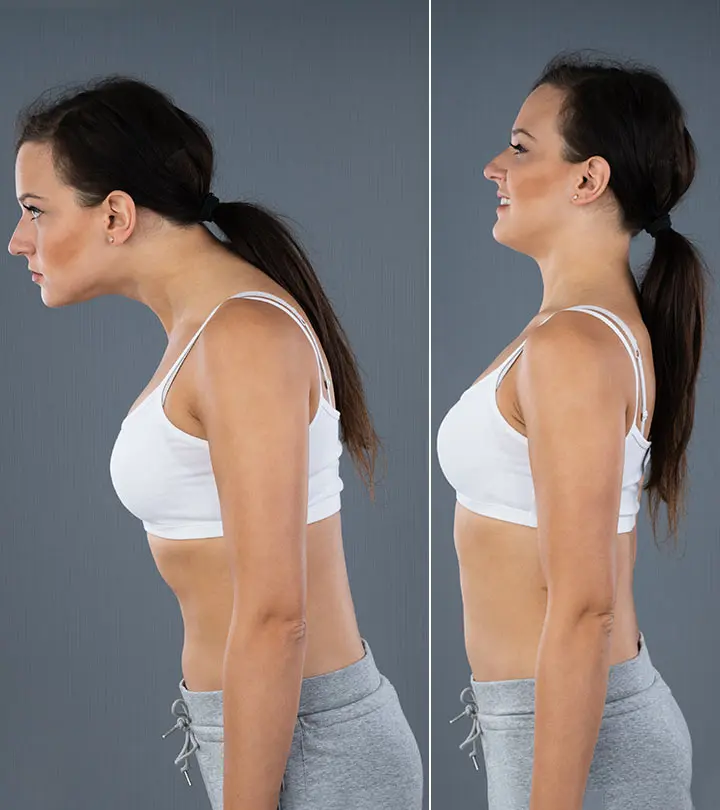
Image: Shutterstock
Forward head posture or the forward protrusion of the head is a postural incorrection that occurs due to prolonged sitting at work and/or smartphone use. It causes muscle stiffness, rounding of the shoulders, and neck pain (1), (2), (3).
Several studies show that exercise therapy is the best remedy for correcting forward head posture (4), (5). This article lists 7 effective exercises to improve neck posture and reduce pain. Scroll down.
7 Exercises To Correct Forward Head Posture
1. Warm-up Towel Stretch
Before you start doing exercises to correct forward head posture, you must warm up your neck and shoulder muscles.
How To Do
- Hold a long towel by both the ends, bend your knees slightly, and keep your arms wide open.
- Bring the towel above your head and slightly beyond.
- Breathe out and bring the towel in front of your head. Do 5 reps.
- Bend your elbows to bring the towel right at the back of your head.
- Push the chest forward by pushing your elbows back. Count to 3 and release. Do 5 reps.
- You may also do 10 reps of neck tilts and neck up and down.
2. Chin Tuck
This exercise is great for extending the neck muscles and relaxing the tension at the back of your neck.
How To Do
- Stand or sit and relax your shoulders.
- Move your chin forward.
- Tuck it back in. Look down towards the floor while you do so.
- Do 20 reps, thrice a day.
3. Shoulder Retraction
Forward head posture also causes rounding and caving in of the shoulders. Shoulder blade retraction exercise helps relax the shoulder muscles and reduces hyperextension of your upper back.
How To Do
- Stand or sit straight, look ahead, try to relax your shoulders.
- Pull your shoulders back gently. Hold for 3 counts and release.
- Do 20 reps, thrice a day.
4. Pectoral Or Pec Stretch
This exercise is for the front of your shoulders, above the breast tissue. It helps reduce stiffness and relaxes the shoulders.
How To Do
- Stand near a door and place your forearms against the doorway.
- Put one leg forward to get into a staggered or lunge pose.
- Lean forward, squeeze your shoulder blades gently, and feel the stretch in your chest. Count to 3 and relax.
- Do 15 reps, twice a day.
5. Foam Roller Pec Stretch
Foam rolling is an extremely relaxing and muscle tension-releasing technique.
How To Do
- Sit at one end of a foam roller.
- Lie down slowly. Keep your knees bent and place your head and neck on the roller.
- Bring out your arms to the side. Feel the stretch in your chest. Breathe in and out.
- Do it twice for 1 minute each time.
6. Upper Back Foam Rolling
Your upper back also gets stiff due to the rounding of the shoulders and tension in the neck. Upper back foam rolling helps massage and relax the muscles that help hold the head in the correct position.
How To Do
- Lie down on a mat. Place your upper back against a foam roller, bend your knees, support your head with your head, and engage your core.
- Without moving your lower back, slowly lower your head back and come back up to the starting position.
- Do 2 sets of 8 reps.
7. Scapula Message
Just like relaxing your upper back is important, releasing the tension from the upper chest is also important. All you need is a tennis ball to do this exercise.
How To Do
- Stand facing a wall. Place one foot before another to get into a staggered pose.
- Place the tennis ball just above the breast tissue but a little away from the armpit.
- Move your arm up and down slowly. Breathe in and out as you do so.
- Do 15 reps before changing sides.
These are the 7 exercises you can do to improve or correct forward head posture. You must talk to your doctor and a licensed physical therapist before you do these exercises and test if you have forward neck posture.
Do You Have Forward Neck Posture?
You may or may not have this problem. As you will not be able to assess it yourself, it is important to consult a licensed practitioner to find out if you have forward neck posture. Here’s what they might ask you to do:
- Your doctor will ask you to sit. Relax.
- They will check the following:
- Your ear to shoulder alignment
- Rounding of the shoulders and shoulder pain
- The curve at the back of your neck
- Neck pain and lower back pain
- Overall sitting and standing posture
- They will also ask a few questions like screen time and work time.
They will also ask you to undergo a few other tests before concluding whether you have forward neck posture or not.
If you do, the exercises mentioned will be of great help. Apart from these exercises, here are a few tips you can follow to reduce neck pain and improve posture.
Tips To Correct Forward Head Posture
- Make changes to your workstation. Get a chair that supports your back and keep your laptop at the eye level.
- Reduce smartphone use time.
- Avoid carrying a heavy backpack.
- Use a bosu ball or a foam roller to relax your muscles every day.
- Get a deep tissue massage from a professional therapist.
Conclusion
Poor posture leads to neck pain, shoulder pain, and lower back pain. You must do exercises that correct forward head posture to improve the range of motion or flexibility, reduce stiffness, and get relief from constant neck pain. Talk to your doctor and start with these 7 exercises as soon as possible.
Frequently Asked Questions
1. What are the symptoms and causes a forward head posture?
Forward head posture is the forward protrusion of the head. The ears are not in the same plane as the shoulders, and there’s pain and stiffness in the neck, shoulders, and upper back. Forward head posture is the result of prolonged sitting at work, reading, writing, and excessive use of smartphones. The symptoms of forward head posture are constant upper back, neck, jaw, and shoulder pain. The head, chin, jaw, and ear are pushed in the front, and the shoulders are rounded.
2. Can a chiropractor help with forward head posture?
Yes. See a doctor and a chiropractor to correct forward head posture and reduce pain.
3. What muscles are affected by forward head posture?
The muscles that are affected by forward head posture are the shoulder blade retractors, lower back muscles, upper back muscles, suboccipital (back of neck) muscles, and scapula.
4. Can you correct forward head posture?
Yes, forward head posture can be corrected with regular exercise therapy.
References
Articles on StyleCraze are backed by verified information from peer-reviewed and academic research papers, reputed organizations, research institutions, and medical associations to ensure accuracy and relevance. Read our editorial policy to learn more.
- Kim, Dae-Hyun et al. “Neck Pain in Adults with Forward Head Posture: Effects of Craniovertebral Angle and Cervical Range of Motion.” Osong public health and research perspectives vol. 9,6 (2018): 309-313. doi:10.24171/j.phrp.2018.9.6.04
https://www.ncbi.nlm.nih.gov/pmc/articles/PMC6296804/ - Nejati, Parisa et al. “The study of correlation between forward head posture and neck pain in Iranian office workers.” International journal of occupational medicine and environmental health vol. 28,2 (2015): 295-303. doi:10.13075/ijomeh.1896.00352
https://pubmed.ncbi.nlm.nih.gov/26182924// - Goodarzi, Fereshte et al. “The Effects of Forward Head Posture on Neck Extensor Muscle Thickness: An Ultrasonographic Study.” Journal of manipulative and physiological therapeutics vol. 41,1 (2018): 34-41. doi:10.1016/j.jmpt.2017.07.012
https://pubmed.ncbi.nlm.nih.gov/29248172/ - Fathollahnejad, Kiana et al. “The effect of manual therapy and stabilizing exercises on forward head and rounded shoulder postures: a six-week intervention with a one-month follow-up study.” BMC musculoskeletal disorders vol. 20,1 86. 18 Feb. 2019, doi:10.1186/s12891-019-2438-y
https://www.ncbi.nlm.nih.gov/pmc/articles/PMC6379958/ - Lee, Do Youn et al. “Changes in rounded shoulder posture and forward head posture according to exercise methods.” Journal of physical therapy science vol. 29,10 (2017): 1824-1827. doi:10.1589/jpts.29.1824
https://www.ncbi.nlm.nih.gov/pmc/articles/PMC5684019/ - Best Neck Strengthening Exercises – Our Top 23
- 8 Amazing Benefits Of Stretching


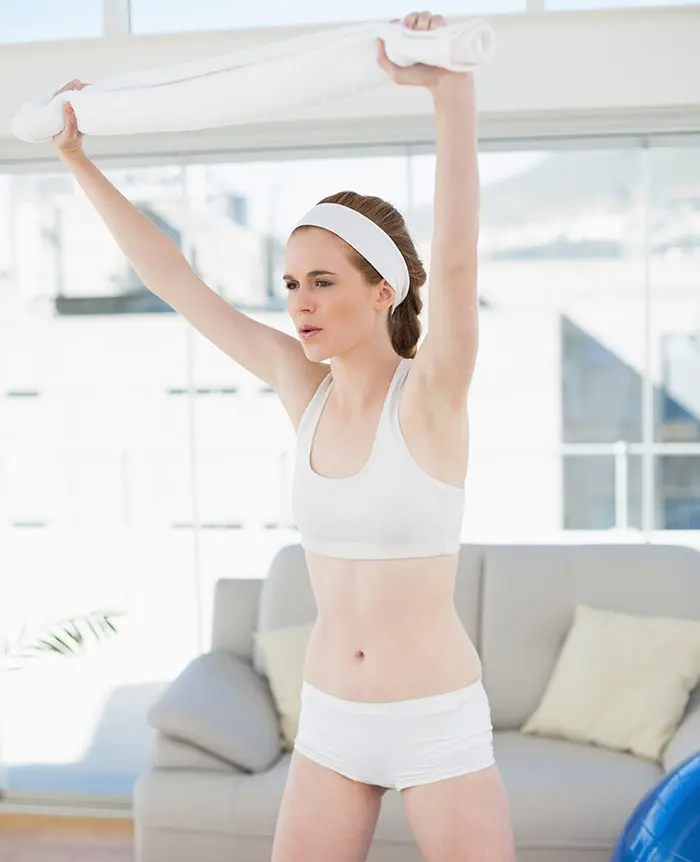
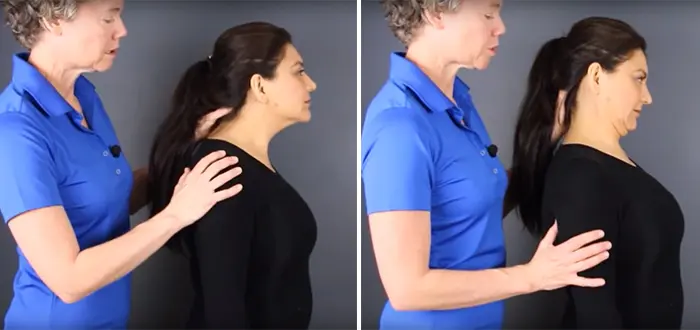
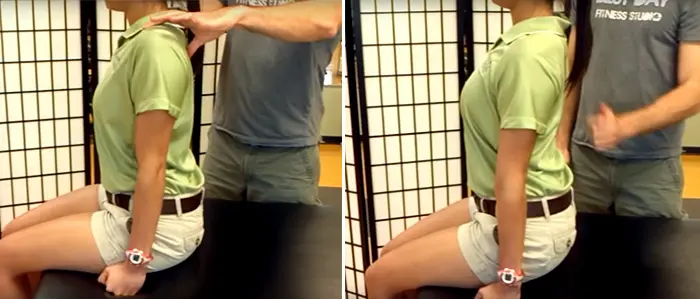
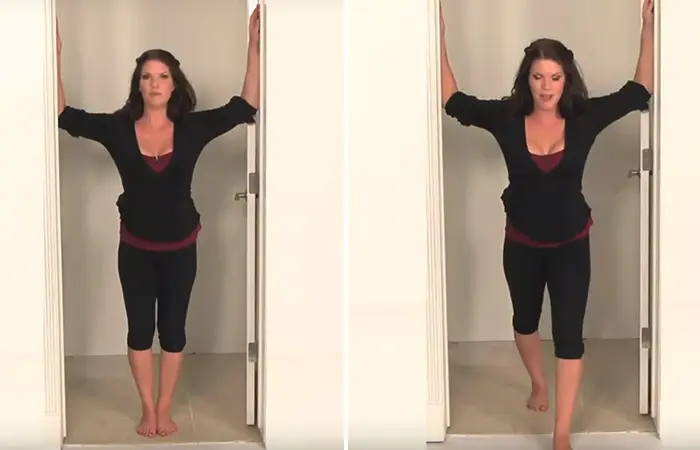
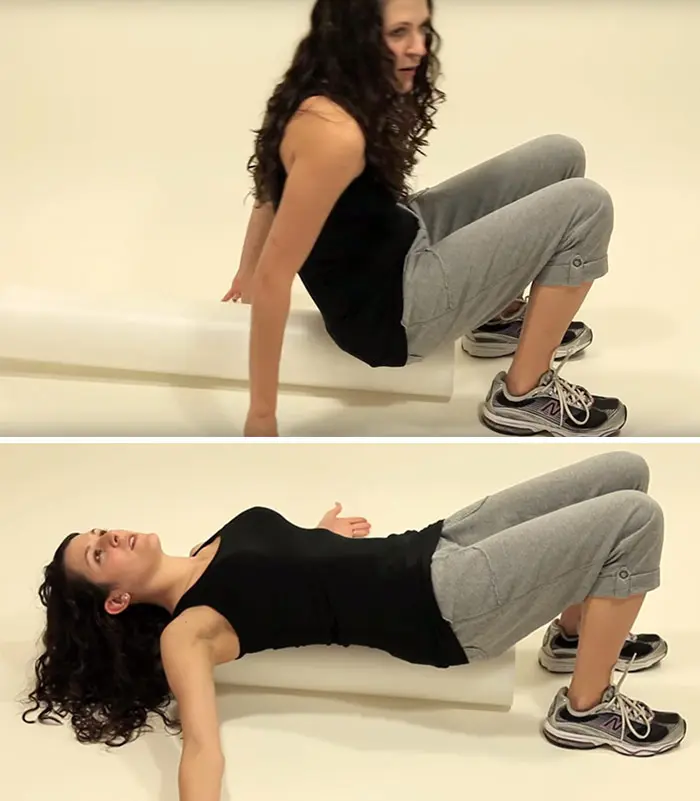

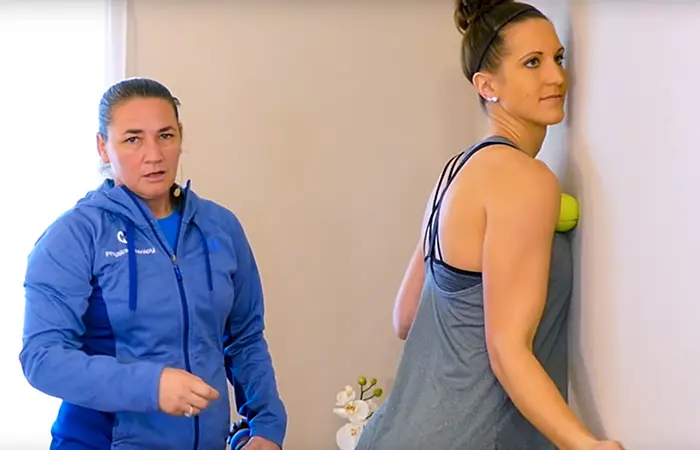


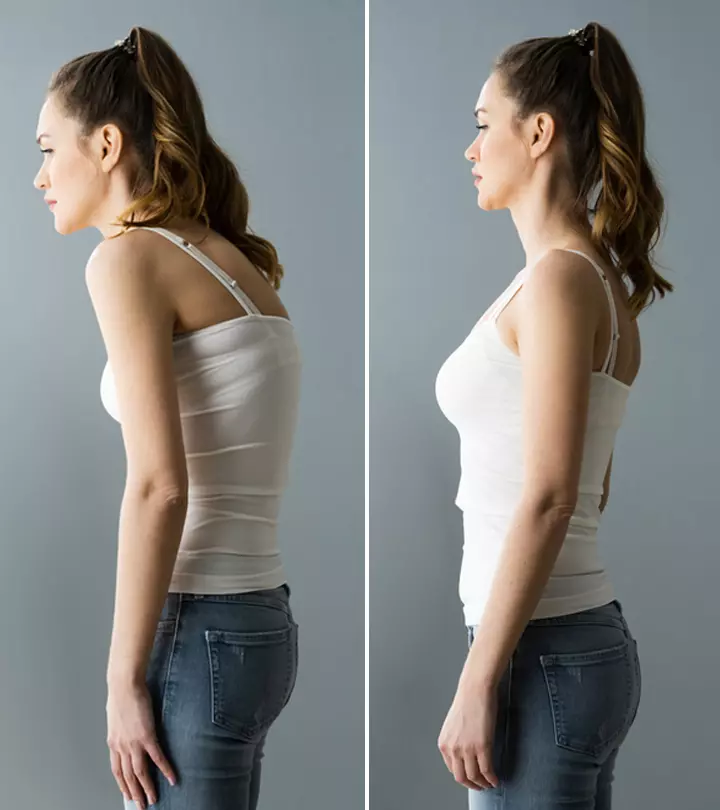
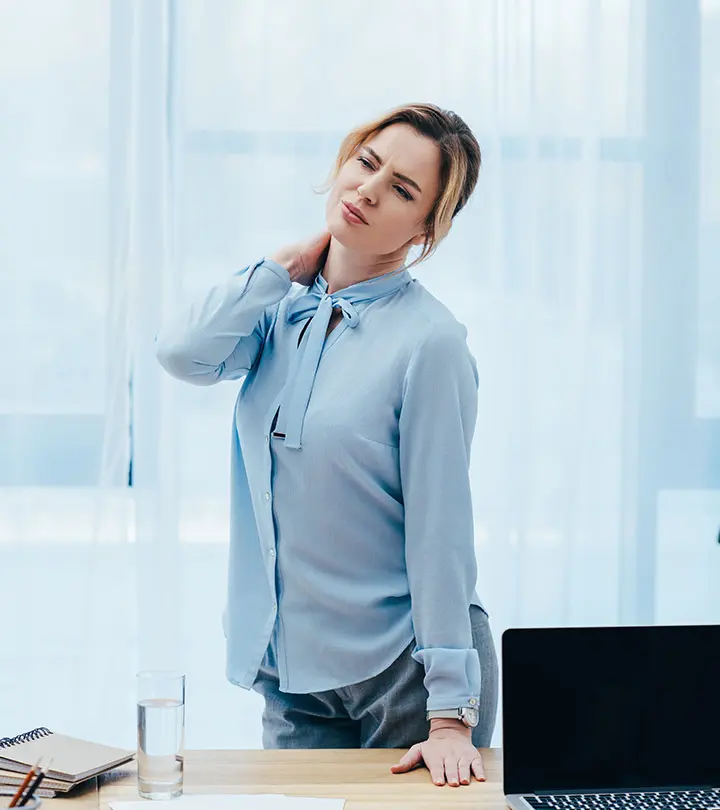
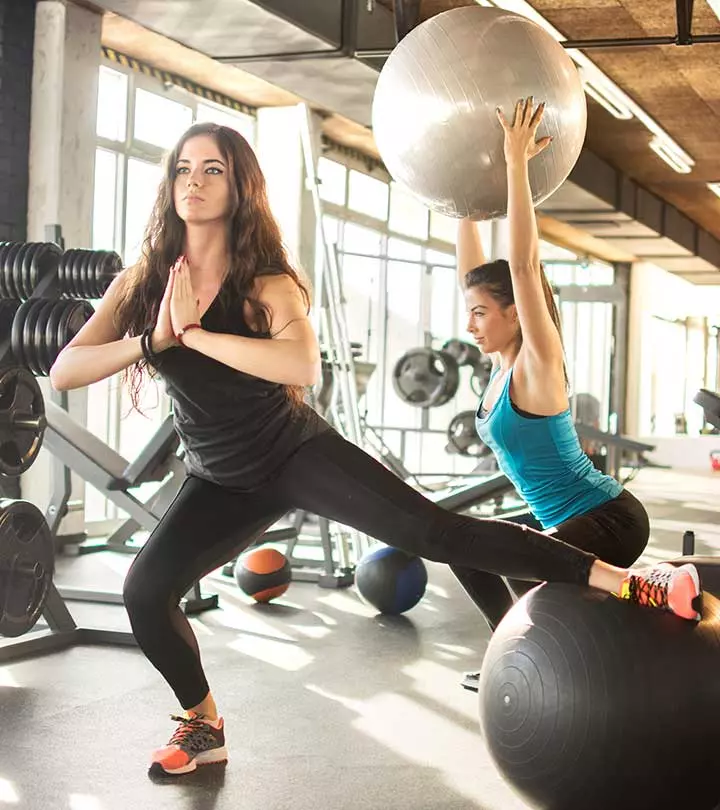
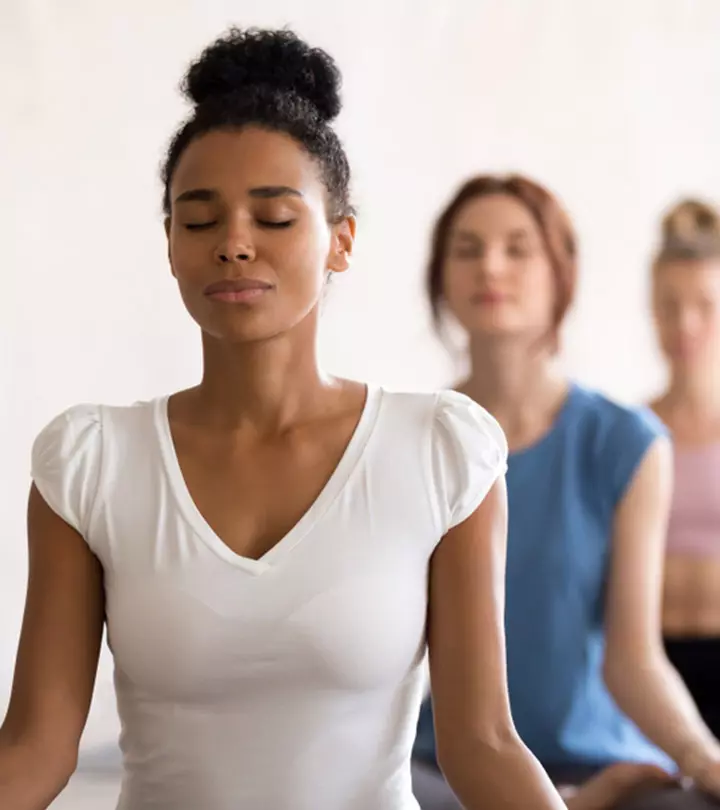

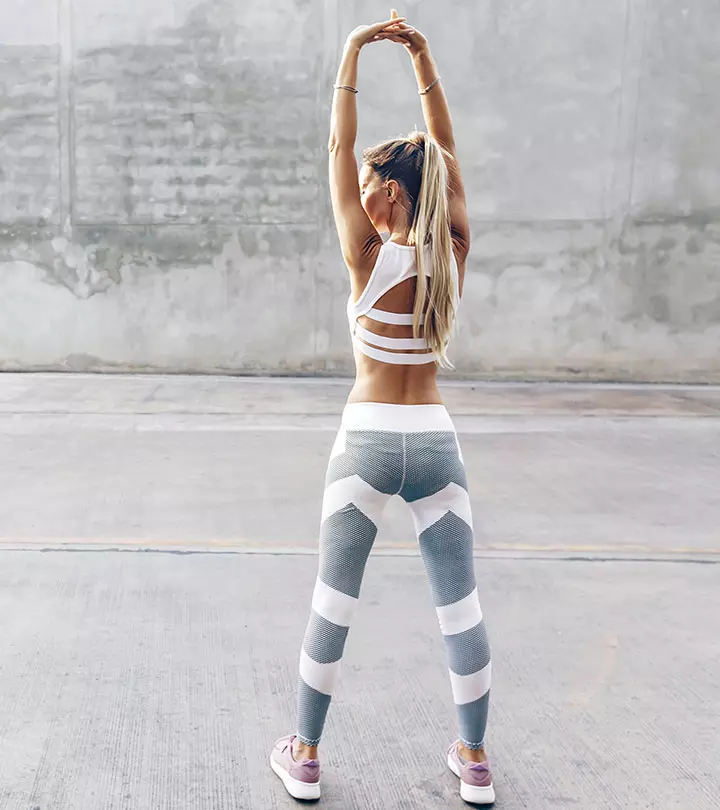

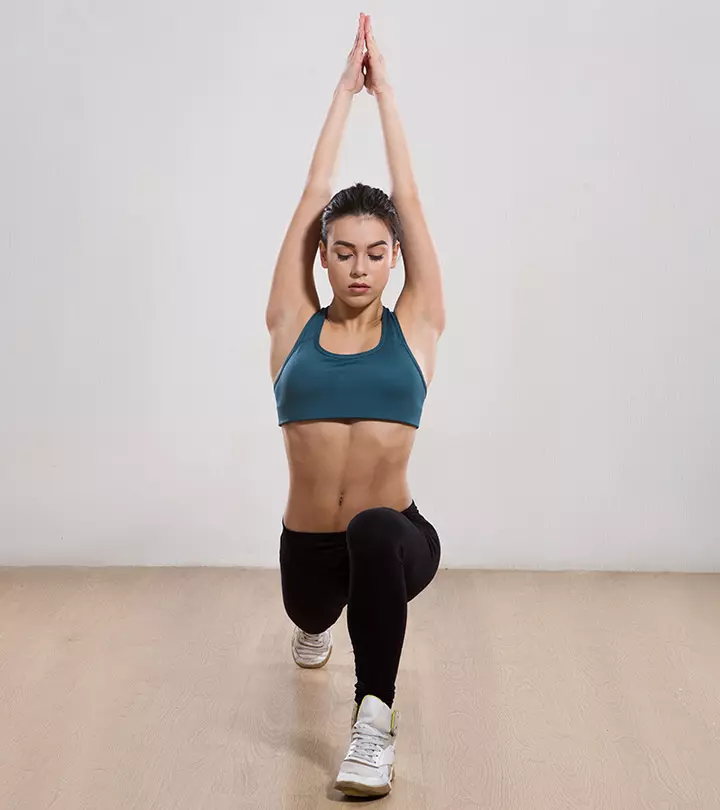
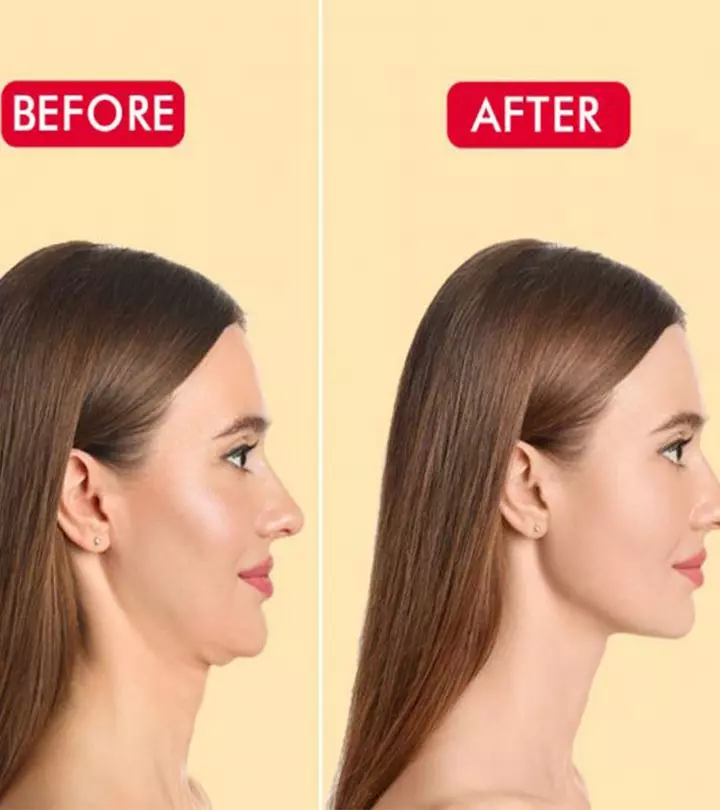


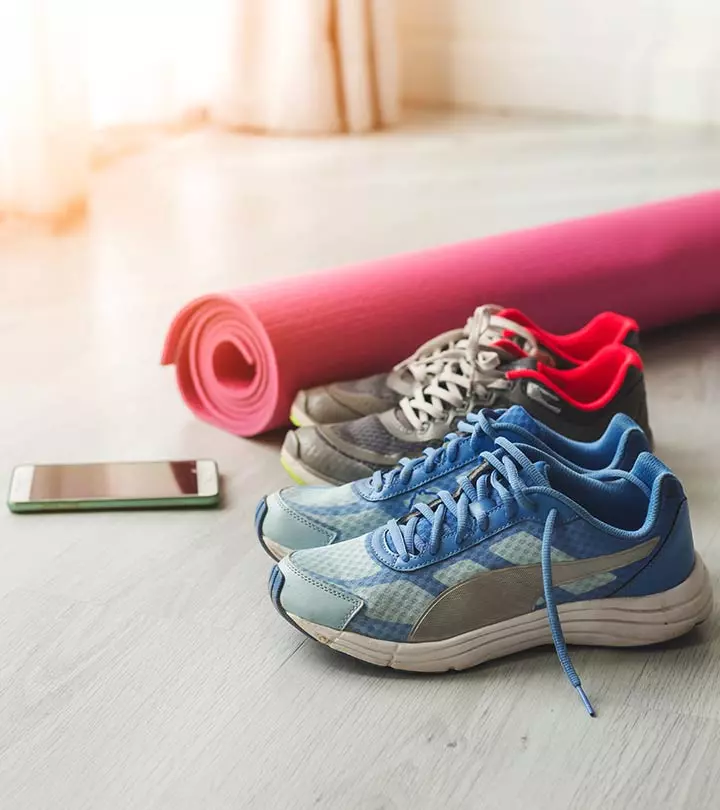
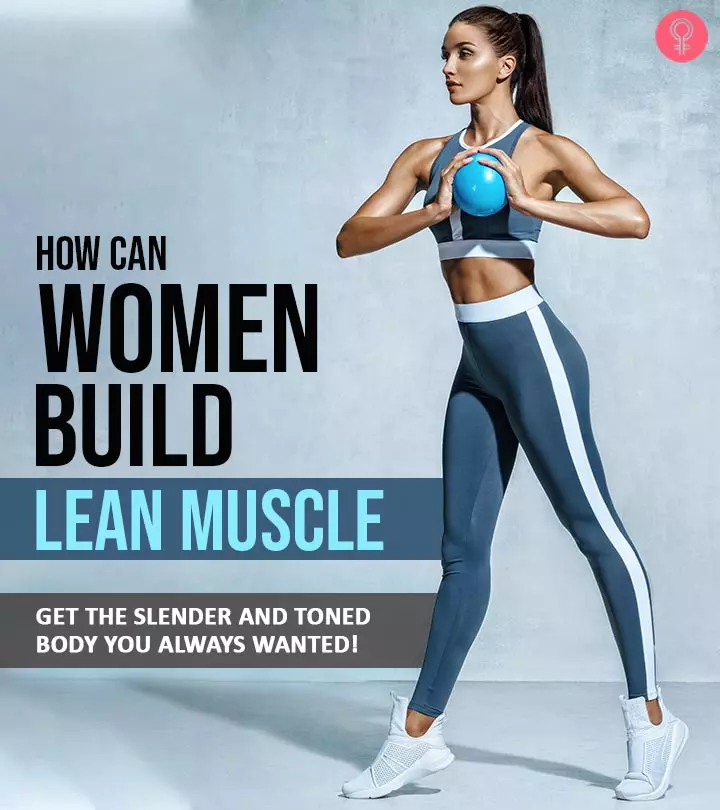



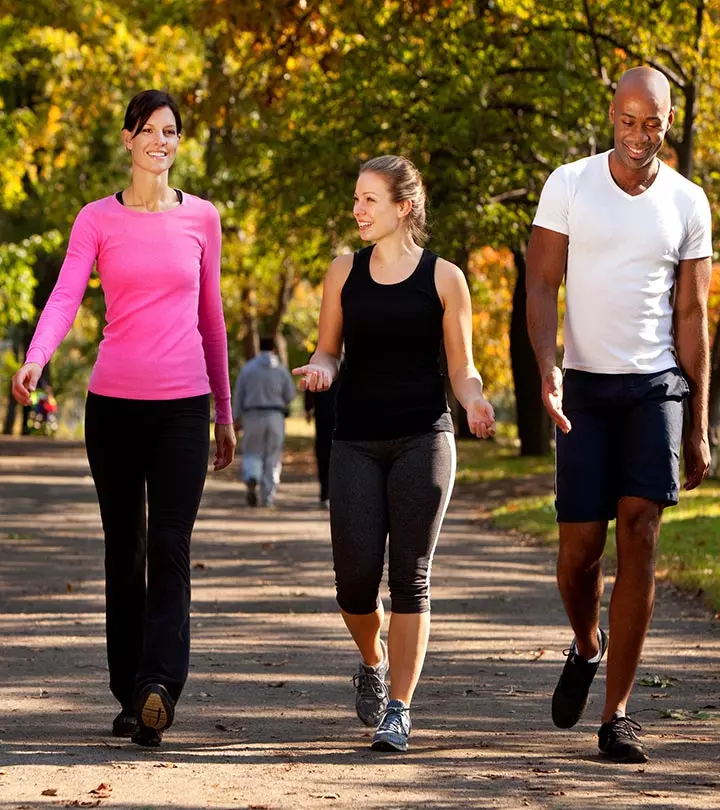
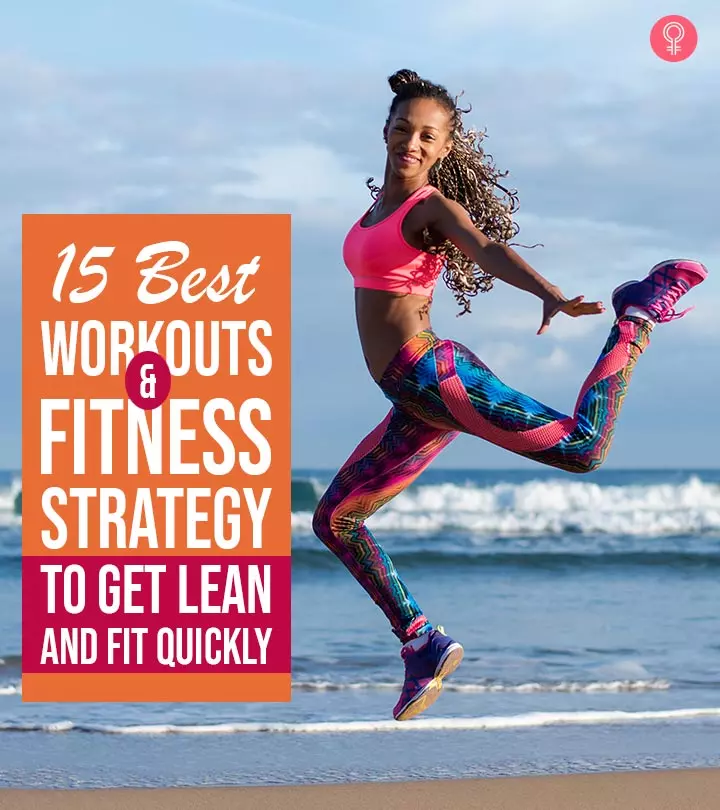
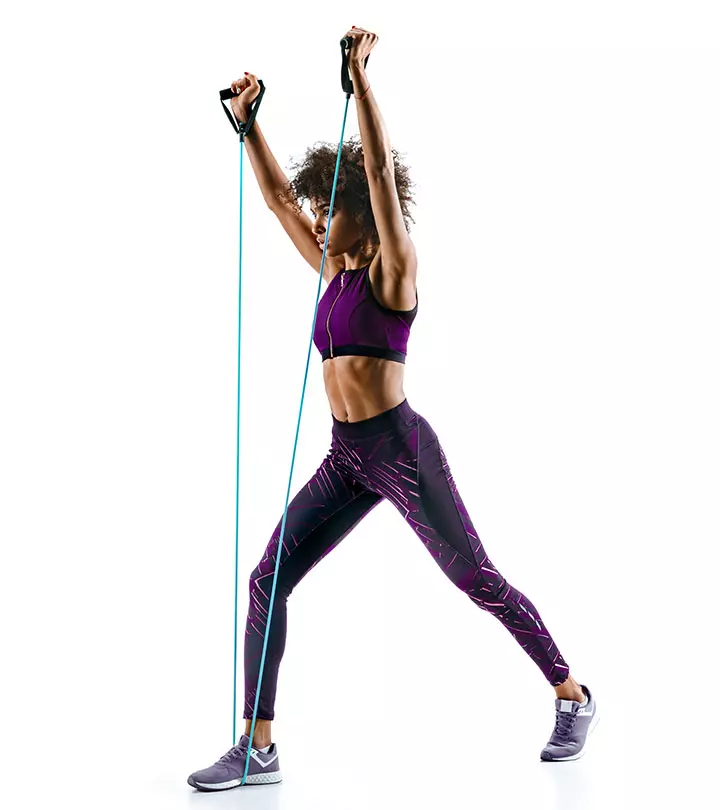

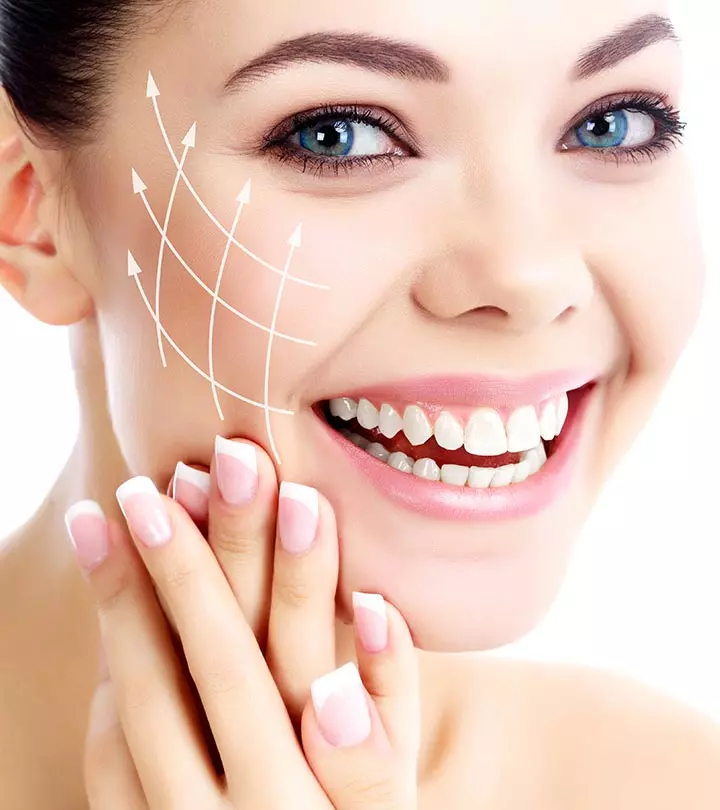
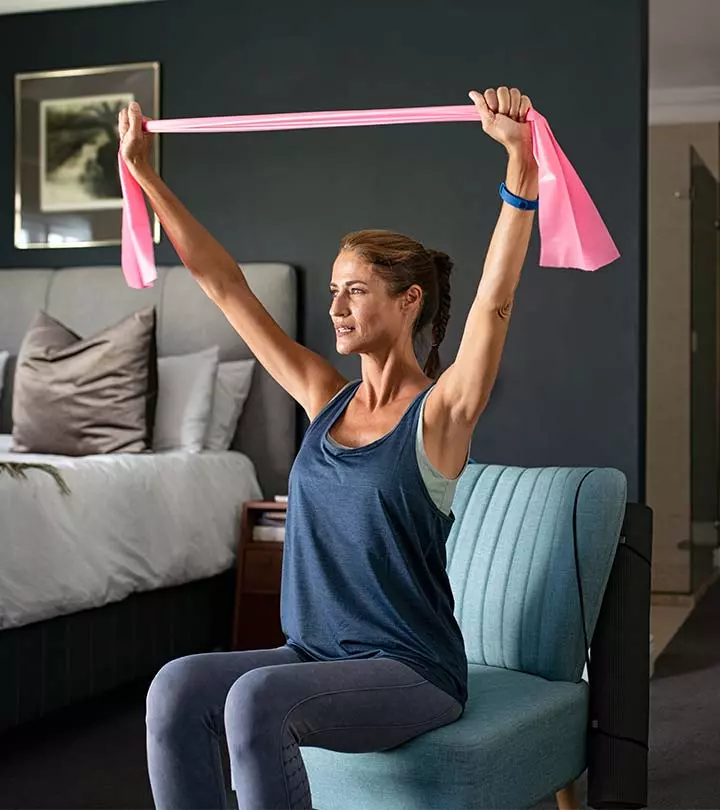
Community Experiences
Join the conversation and become a part of our empowering community! Share your stories, experiences, and insights to connect with other beauty, lifestyle, and health enthusiasts.